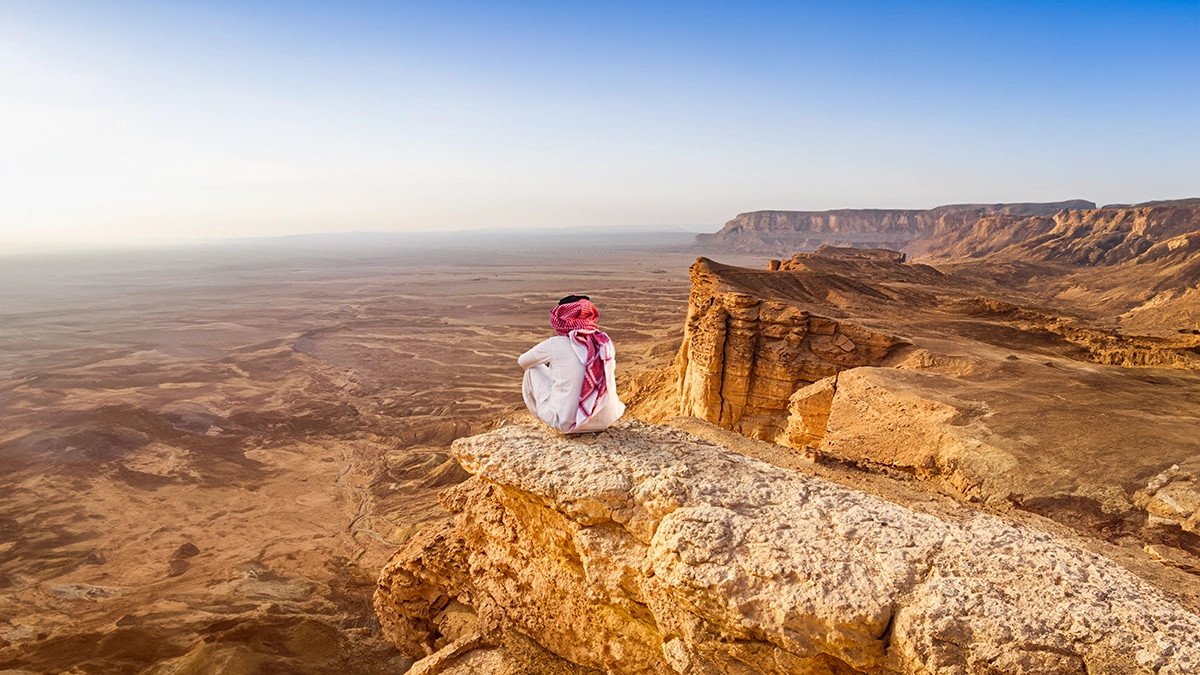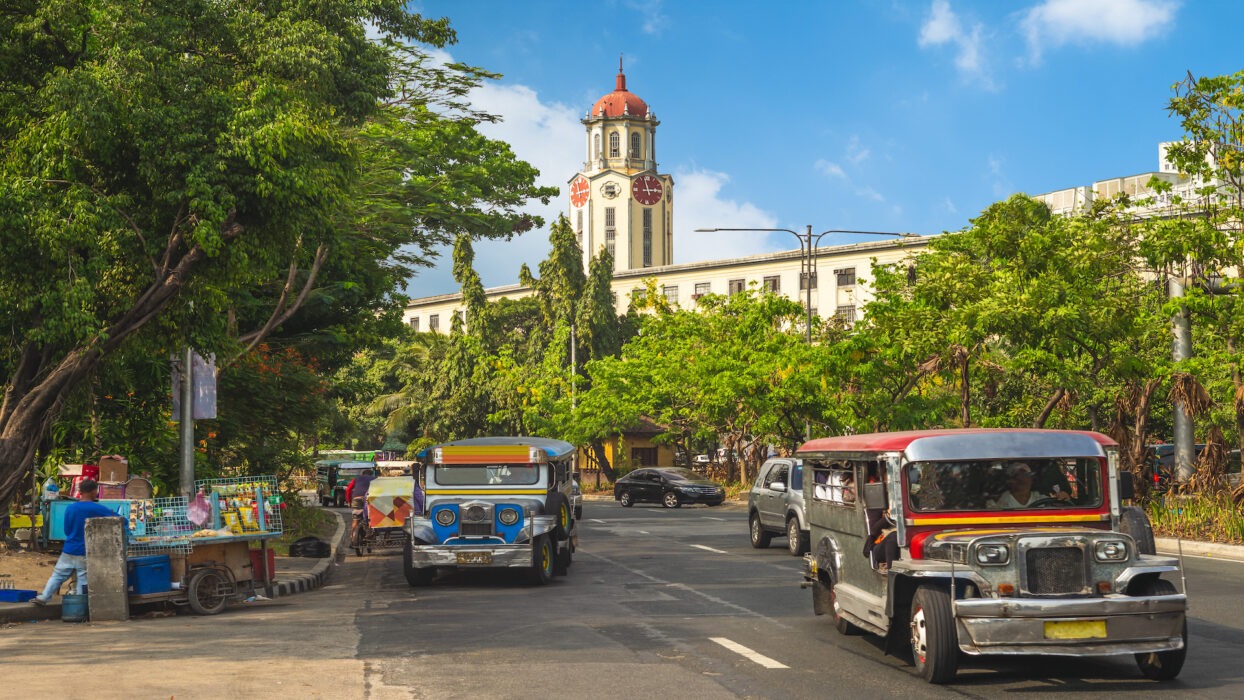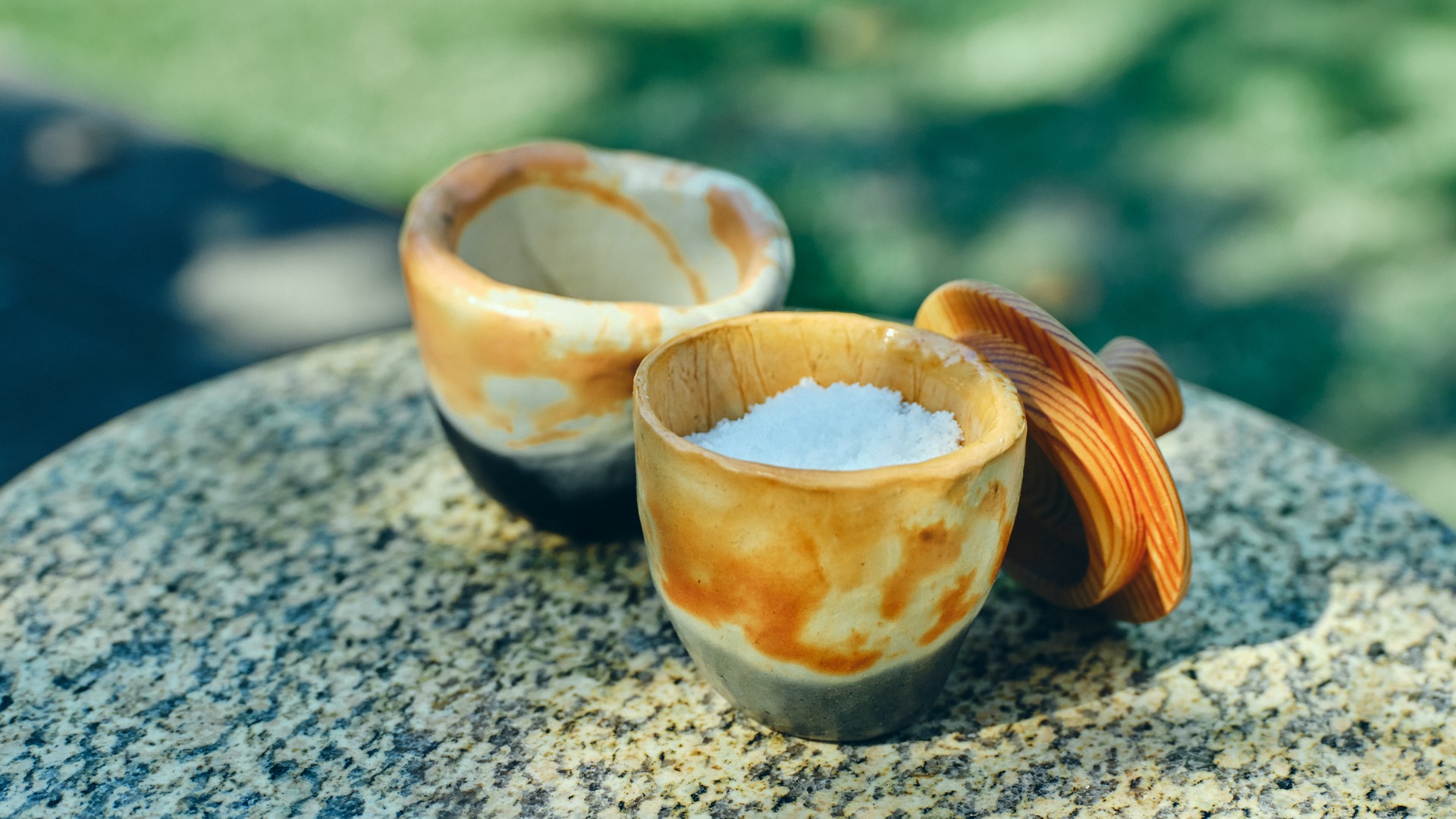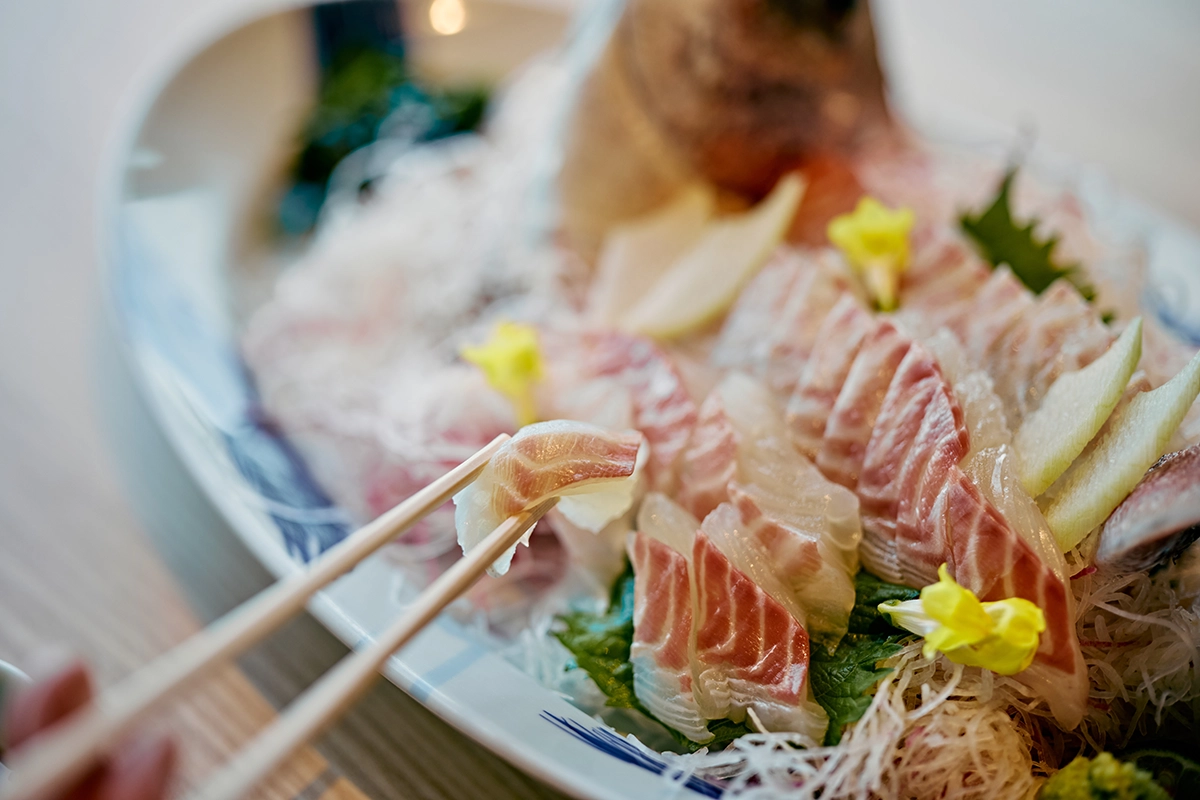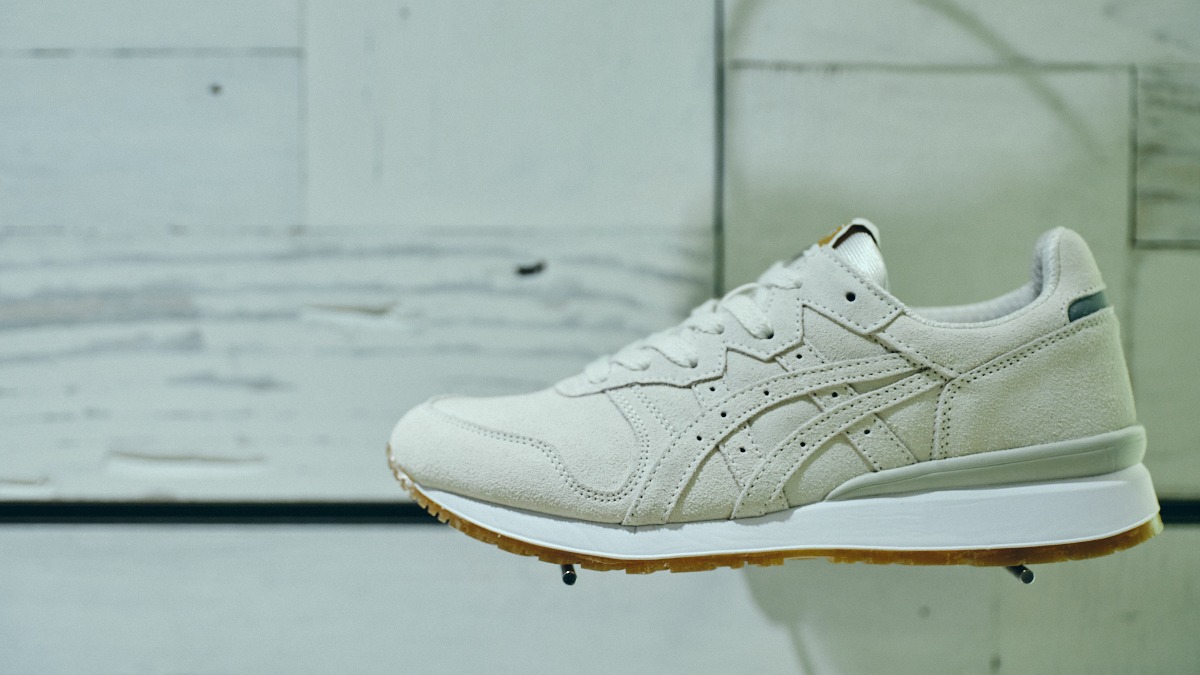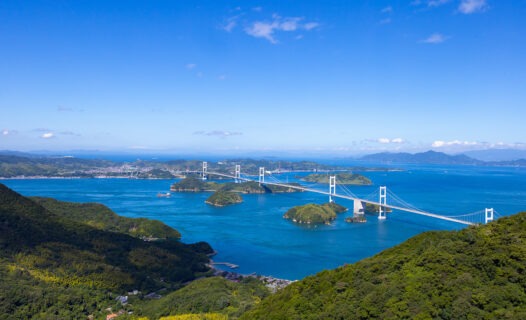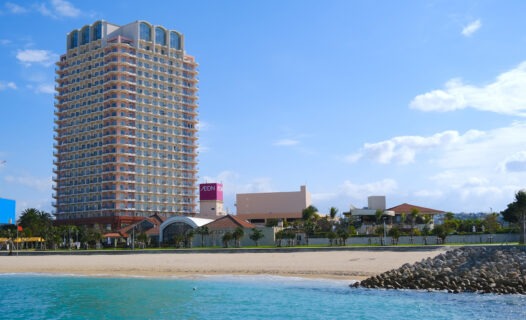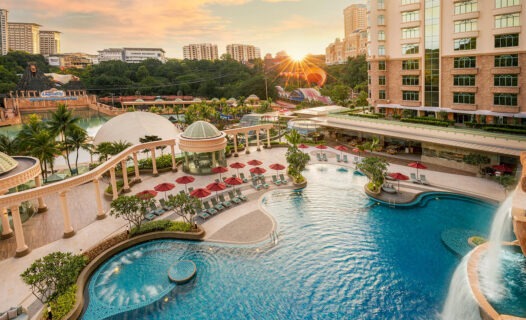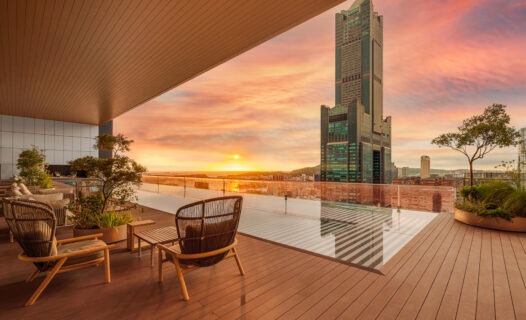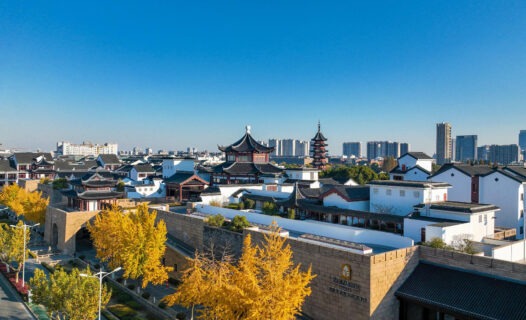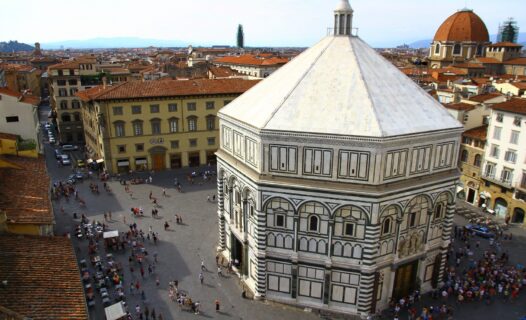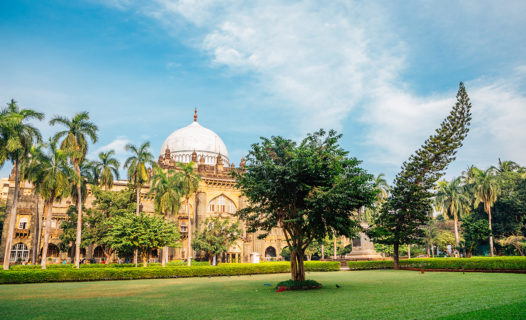Welcome to the Philippines: A Celebration of Culture in 2024!
The Philippines is a treasure trove of cultural celebrations and events, making it one of the most exciting destinations for travelers in 2024. From the colorful parades to the rhythmic dances, each festival tells a story steeped in history and tradition. Local festivities are not just events; they are a celebration of Filipino identity, community, and heritage. With a rich tapestry of traditions, the Philippines invites you to immerse yourself in its vibrant culture through its local celebrations and festivals.
Discovering the Best Festivals in the Philippines for 2024
Get ready to mark your calendars! The Philippines boasts a lineup of spectacular festivals that showcase the country’s diverse culture. Here’s a sneak peek into some of the best festivals in the Philippines that you won’t want to miss in 2024:
Sinulog Festival
Date: January 14, Cebu City
The Sinulog Festival is one of the most famous festivals in the Philippines, attracting thousands of visitors each year. This vibrant celebration honors the Santo Niño (Child Jesus) and features a grand parade with participants dressed in colorful costumes dancing to the beat of drums. The streets of Cebu City come alive with music, dance, and a palpable sense of joy. Be sure to try local delicacies while you’re there, such as lechon (roast pig) – a must-try!
Ati-Atihan Festival
Date: January 14, Kalibo, Aklan
Known as the “Mother of All Philippine Festivals,” the Ati-Atihan Festival is celebrated in honor of the Santo Niño and showcases the rich cultural heritage of the Aklanon people. Participants paint their faces with soot and wear traditional attire, creating a mesmerizing spectacle. Join the festivities by dancing along with the locals and immersing yourself in the spirit of camaraderie and celebration!
Panagbenga Festival
Date: February, Baguio City
The Panagbenga Festival, or Flower Festival, transforms Baguio City into a floral wonderland. This month-long celebration features flower floats, street dancing, and a variety of cultural activities that highlight the city’s rich agricultural heritage. Don’t miss the chance to take photos with the stunning flower floats and enjoy the cool mountain breeze while exploring the vibrant atmosphere.
Kadayawan Festival
Date: Third week of August, Davao City
Kadayawan Festival is a week-long celebration that pays tribute to Davao’s cultural heritage and bountiful harvest. With street dancing, floral floats, and a showcase of indigenous culture, this festival is a feast for the senses. The highlight is the street dancing competition, where participants don colorful costumes inspired by the region’s diverse tribes. Make sure to sample local fruits and delicacies during your visit!
MassKara Festival
Date: October, Bacolod City
The MassKara Festival is a celebration of smiles, resilience, and community spirit. Known for its vibrant masks and lively street dancing, this festival is Bacolod City’s way of showcasing its joy and optimism. The streets are filled with music, laughter, and colorful displays, making it a perfect time to experience the warmth of Filipino hospitality. Don’t forget to indulge in the famous Bacolod chicken inasal!
These festivals are just a glimpse of what the Philippines has to offer in 2024. Each event is a unique opportunity to witness the rich cultural tapestry of the country. Whether you’re dancing in the streets or savoring local delicacies, these celebrations promise unforgettable memories. So, pack your bags and get ready for an adventure filled with local celebrations and cultural experiences!
Lesser-Known Local Celebrations to Explore
While the major festivals in the Philippines are sure to dazzle you, there’s a treasure trove of lesser-known local celebrations that offer a more intimate glimpse into Filipino culture. These unique festivals allow you to experience the warmth and authenticity of local traditions. Let’s explore some hidden gems that should definitely be on your itinerary!
Pahiyas Festival
Date: May 15, Lucban, Quezon
The Pahiyas Festival is a colorful celebration of harvest in Lucban, Quezon. What makes this festival truly special is the stunning display of colorful decorations made from rice, fruits, and vegetables adorning the homes of locals. Each house becomes a canvas of creativity, showcasing the artistry of the community. The festival also features street dancing, local delicacies like longganisang Lucban, and a lively atmosphere that invites you to join in the fun. Don’t forget to snap pictures of the spectacular displays and immerse yourself in this feast for the senses!
Obando Fertility Rites
Date: May 17-19, Obando, Bulacan
The Obando Fertility Rites is a unique blend of religious devotion and cultural celebration. This festival is particularly special for couples praying for children, as they participate in a vibrant procession that honors three saints: San Pascual Baylon, Our Lady of Salambao, and Santa Clara. Expect lively music, energetic dancing, and a sense of community spirit as locals and visitors come together to celebrate love and hope. The festive atmosphere is infectious, making it an unforgettable experience!
Sandugo Festival
Date: July, Tagbilaran City, Bohol
The Sandugo Festival commemorates the blood compact between Spanish explorer Miguel Lopez de Legaspi and Datu Sikatuna, symbolizing friendship and unity. This month-long celebration in Tagbilaran City features a colorful street parade, cultural performances, and various contests. The highlight is the reenactment of the blood compact, which showcases the rich history of Bohol. Be sure to sample local delicacies and take part in the festivities that honor the island’s heritage!
These lesser-known festivals provide an authentic glimpse into Filipino culture and traditions. They are perfect for travelers seeking unique experiences away from the more commercialized celebrations. So, get ready to immerse yourself in the local spirit and create unforgettable memories!
Culinary Delights: Food Festivals and Local Cuisine
Food lovers, rejoice! The Philippines is a paradise for culinary enthusiasts, especially during festival season. Many local celebrations revolve around food, showcasing the rich and diverse flavors of Filipino cuisine. Let’s explore some food-centric festivals that will tantalize your taste buds!
Cebu Lechon Festival
Date: June, Cebu City
Cebu is famous for its lechon, and the Cebu Lechon Festival is a mouthwatering celebration dedicated to this beloved dish. Expect a grand feast featuring roasted pig cooked to perfection, with crispy skin and succulent meat. The festival is a gastronomic delight, with various stalls offering a wide array of local dishes. Don’t miss the chance to join in the festivities, enjoy live music, and indulge in the delicious flavors that Cebu has to offer!
Hala Bira! Festival
Date: Third week of January, Iloilo City
The Hala Bira! Festival is a lively celebration that showcases Iloilo’s rich culinary heritage. The highlight of this festival is the street food scene, where you can savor local delicacies like batchoy (a hearty noodle soup) and inasal (grilled chicken). The streets come alive with colorful parades, street dancing, and a festive atmosphere that invites you to taste and celebrate the flavors of Iloilo!
Malabon Seafood Festival
Date: August, Malabon City
If you’re a seafood lover, the Malabon Seafood Festival is a must-visit! This festival highlights the city’s bountiful seafood offerings, featuring a variety of dishes made from fresh catch. From shrimp to crabs, you’ll find a plethora of flavors to indulge in. The festival also includes cooking competitions and street performances, making it a fun-filled day for foodies and families alike!
Participating in these food festivals not only allows you to taste the best of Filipino cuisine but also gives you the opportunity to connect with locals and learn about their culinary traditions. So, pack your appetite and get ready for a delicious adventure!
Cultural Context: The Stories Behind the Festivals
Every festival in the Philippines has a story to tell, rooted in history, faith, and cultural heritage. Understanding the significance of these celebrations can enhance your experience as you immerse yourself in the festivities. Let’s explore the cultural context behind some of the major festivals!
Sinulog Festival
The Sinulog Festival honors the Santo Niño, a representation of Jesus as a child, and is deeply intertwined with the history of Cebu. It commemorates the conversion of the Filipino people to Christianity and celebrates their devotion. The vibrant dance movements mimic the flow of the river, symbolizing the journey of faith. This festival is not just a display of colorful costumes; it’s a heartfelt expression of gratitude and reverence.
Ati-Atihan Festival
Known as the “Mother of All Philippine Festivals,” the Ati-Atihan Festival has roots in the early interactions between the indigenous Ati people and the Malay settlers. The face painting and traditional attire pay homage to the Ati’s rich history and culture. Celebrating the Santo Niño, the festival serves as a reminder of the importance of community and unity, showcasing the resilience of the Filipino spirit.
Kadayawan Festival
The Kadayawan Festival celebrates Davao’s rich cultural heritage and the bountiful harvest of fruits and flowers. It pays tribute to the indigenous tribes of the region and their vibrant traditions. The festival is an opportunity to showcase the beauty of Davao’s diverse culture, from traditional dances to colorful floats. It’s a celebration of gratitude for nature’s blessings and a chance to honor the indigenous people who have preserved their customs through generations.
Connecting with the stories behind these festivals adds depth to your travel experience. Take the time to learn about the history and cultural significance of each celebration, and you’ll leave with a greater appreciation for the Filipino way of life!
Day-by-Day Itinerary for Festival Enthusiasts
For those eager to experience multiple festivals in 2024, we’ve crafted a day-by-day itinerary that maximizes your festival adventures while ensuring you soak in the beauty of the Philippines. Let’s get planning!
Day 1: Arrival in Cebu City
Arrive in Cebu City and settle into your accommodation. Spend the afternoon exploring local attractions, and in the evening, join the Sinulog Festival festivities. Enjoy the vibrant street dancing and indulge in local delicacies like lechon.
Day 2: Ati-Atihan Festival in Kalibo
Travel to Kalibo for the Ati-Atihan Festival. Join the locals in the street dancing and experience the lively atmosphere. Don’t forget to paint your face and immerse yourself in the celebration!
Day 3: Panagbenga Festival in Baguio City
Head to Baguio City for the Panagbenga Festival. Enjoy the floral floats and street dancing while taking in the cool mountain air. Explore local markets and savor some strawberry taho.
Day 4: Kadayawan Festival in Davao City
Fly to Davao City for the Kadayawan Festival. Join the street dancing competition and explore the local markets filled with fresh fruits and crafts. Take time to relax in the beautiful parks of Davao.
Day 5: MassKara Festival in Bacolod City
Travel to Bacolod City for the MassKara Festival. Enjoy the colorful masks and lively street dancing. Indulge in local food, especially the famous chicken inasal, as you soak in the festive spirit!
This itinerary allows you to experience the best of Philippine festivals while enjoying the unique charm of each destination. Be sure to book accommodations in advance, especially during peak festival seasons, to ensure a hassle-free experience!
Practical Information for Travelers: Tips and Guidelines
Attending festivals in the Philippines can be an exhilarating experience, but it’s essential to be prepared. Here are some practical tips to ensure you have a smooth and enjoyable time:
Booking Accommodations
Festival seasons can lead to high demand for accommodations. It’s wise to book your stay well in advance, especially in popular festival locations. Check out options on Agoda for a variety of hotels and guesthouses that suit your budget.
Dealing with Crowds
Festivals attract large crowds, so be prepared for bustling streets and busy venues. Arrive early to secure a good spot for viewing parades and performances. Embrace the energy of the crowd and enjoy the festive atmosphere!
Transportation Tips
Public transportation is a great way to get around during festivals. Consider using local jeepneys or tricycles for short distances. If you’re traveling between cities, book bus or domestic flights in advance to avoid any last-minute hassles.
Safety is paramount during large gatherings. Keep your belongings secure and be mindful of your surroundings. Enjoy the celebrations, but also take care of your health by staying hydrated and resting when needed!
Celebrating New Year in the Philippines: Traditions and Customs
New Year celebrations in the Philippines are a vibrant mix of customs and traditions that reflect the Filipino spirit. From fireworks to family gatherings, the New Year is a time for joy and hope.
New Year’s Eve Traditions
Filipinos celebrate New Year’s Eve with a bang! Fireworks light up the sky, and families gather for a feast that includes traditional dishes like lechon, pancit, and various sweets. It’s customary to wear polka dots to symbolize prosperity and abundance in the coming year. At midnight, people jump to ensure they grow taller in the new year!
New Year’s Day Celebrations
On New Year’s Day, families often visit relatives and friends, sharing good wishes and blessings. It’s a time for reflection and setting intentions for the year ahead. Many also attend mass to give thanks for the past year and seek blessings for the new one.
Experiencing New Year celebrations in the Philippines is a delightful way to witness the country’s rich traditions and warm hospitality. Join in the festivities and create lasting memories as you welcome the new year!
Festivals by Region: A Closer Look
The Philippines is a patchwork of cultures, and each region boasts its own unique festivals that reflect local traditions and specialties. Let’s take a closer look at some of the major festivals by region!
Festivals in Luzon
Luzon is home to a variety of festivals, including the Pahiyas Festival in Quezon, the Panagbenga Festival in Baguio, and the Obando Fertility Rites in Bulacan. Each festival highlights the region’s agricultural heritage and rich cultural traditions, making it a must-visit for culture enthusiasts!
Festivals in Visayas
The Visayas region is famous for its lively celebrations, such as the Sinulog Festival in Cebu and the Ati-Atihan Festival in Aklan. These festivals showcase the region’s vibrant history and devotion, with colorful parades and lively street dancing that bring communities together.
Festivals in Mindanao
Mindanao offers unique festivals like the Kadayawan Festival in Davao, which celebrates indigenous culture and bountiful harvests. The region’s festivals often reflect the rich cultural diversity of its communities, making them a fascinating experience for travelers.
Exploring festivals by region allows you to appreciate the diverse cultural heritage of the Philippines. Each celebration has its own flavor and character, inviting you to discover the beauty of local traditions!
Outdoor Activities and Adventures During Festival Season
While festivals are a highlight of your Philippine adventure, don’t forget to explore the great outdoors! Many festivals coincide with beautiful weather, making it the perfect time to enjoy outdoor activities and adventures.
Beach Getaways
After indulging in festival festivities, unwind on the stunning beaches of the Philippines. Visit Boracay for its powdery white sands or explore the hidden coves of Palawan. Enjoy water sports like snorkeling, diving, or simply basking in the sun!
Nature Treks
The Philippines is blessed with breathtaking landscapes, making it ideal for hiking and trekking. Explore the picturesque rice terraces in Banaue or embark on a trek to Mount Pulag for stunning views. Nature lovers will find plenty of opportunities to connect with the great outdoors!
Cultural Tours
Enhance your festival experience by taking cultural tours that showcase local traditions and crafts. Visit local artisans, learn traditional dances, or participate in workshops that allow you to immerse yourself in Filipino culture.
Combining festival experiences with outdoor adventures creates a well-rounded travel itinerary. Embrace the beauty of the Philippines and make the most of your time exploring both cultural and natural wonders!
Shopping Guide: Souvenirs and Local Crafts
Shopping for souvenirs is a delightful way to remember your Philippine adventure. From local crafts to unique festival-related items, here’s a guide to help you find the perfect keepsakes!
Local Markets
Explore local markets during festivals, where you can find a variety of handmade crafts, textiles, and traditional goods. Look for items like woven bags, wood carvings, and colorful accessories that reflect the local culture.
Festival Souvenirs
Many festivals offer unique souvenirs that capture the spirit of the celebration. From colorful masks at the MassKara Festival to traditional attire from the Ati-Atihan Festival, these items make great mementos of your experience.
Bargaining Tips
When shopping at local markets, don’t hesitate to haggle! Bargaining is part of the shopping culture in the Philippines, and you might just snag a great deal. Be friendly and respectful, and you’ll find that locals appreciate the interaction!
Shopping for souvenirs not only supports local artisans but also allows you to bring a piece of the Philippines home with you. Enjoy the experience and find treasures that remind you of the vibrant culture you encountered!
Seasonal Travel Insights: Best Times to Visit
The Philippines is a year-round destination, but certain seasons offer unique experiences, especially during festivals. Here’s a guide to help you choose the best times to visit!
Dry Season (November to April)
The dry season is the peak travel period in the Philippines, with pleasant weather and clear skies. This is an excellent time to visit for festivals, as many major celebrations occur during these months. Be sure to book accommodations early to secure the best options!
Rainy Season (May to October)
While the rainy season may deter some travelers, it’s also a time for fewer crowds and lower prices. Some local festivals still take place during this period, offering a unique experience without the hustle and bustle of peak season.
Consider the weather when planning your trip, and be prepared for sudden changes, especially during the rainy season. Regardless of when you visit, the Philippines always has something special to offer!
Commonly Asked Questions about Philippine Festivals
As you prepare for your festival adventure in the Philippines, you might have some questions. Here are answers to commonly asked queries:
What are the major festivals in the Philippines?
The Philippines hosts numerous festivals, with some of the most notable being the Sinulog Festival, Ati-Atihan Festival, Panagbenga Festival, and Kadayawan Festival. Each offers a unique cultural experience!
When are the public holidays in the Philippines?
Public holidays often coincide with major festivals, making it a great time to visit. Check the Philippines public holidays 2024 schedule to plan your trip accordingly!
How can I participate in the festivals?
Many festivals welcome visitors to join in the celebrations. Don’t hesitate to engage with locals, participate in street dancing, and try the local food. Embrace the spirit of the festival and enjoy the experience!
With these insights, you’re now equipped to explore the vibrant festivals of the Philippines. Embrace the culture, indulge in delicious food, and create unforgettable memories!
Experiencing local celebrations and events in the Philippines is not just about the sights and sounds; it’s about connecting with the heart and soul of the Filipino people. From the joyous laughter during the parades to the heartfelt prayers in the streets, these festivals are a true reflection of the culture. So, pack your bags, gather your friends, and get ready for an adventure that promises to be filled with joy, warmth, and unforgettable memories!
